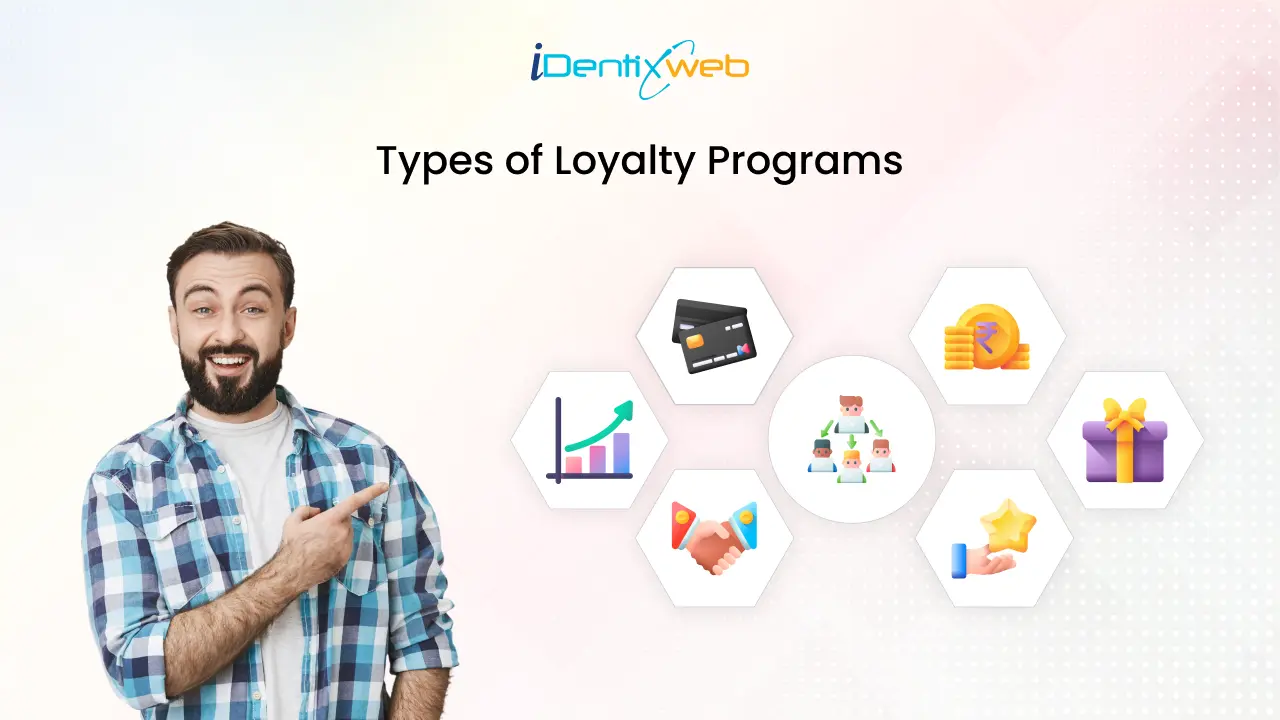
As a marketer, exploring types of loyalty programs is a smart move. They come in various types, all focused on driving revenue and building customer loyalty.
This guide will explore the various types of loyalty programs, highlighting their advantages and disadvantages, providing real-world examples, and helping you determine which program best fits your business needs.
Whether you are looking for loyalty schemes, loyalty cards, or customer loyalty programs, this article will provide all the insights you need.
Why Do Loyalty Programs Matter?
Loyalty programs go beyond simple discounts and rewards. They are a powerful way to grow your business and keep customers engaged. Here’s how they help:
Increase Revenue
Loyalty programs help bring customers back. Repeat customers often spend more than new ones, creating a steady flow of income for your business.
Reduce Customer Loss
Every business faces losing customers, but loyalty programs can help minimize this risk. Offering attractive incentives such as points, discounts, or exclusive perks gives customers a reason to stay connected with your brand.
Build Strong Relationships
Loyalty programs are powerful tools for building meaningful connections between your brand and customers. They go beyond simple transactions, showing your customers they are valued and appreciated for their continued support.
Encourage Recommendations
Satisfied, loyal customers are your best promoters. When people love your brand and feel rewarded, they are more likely to recommend you to friends and family, helping you gain new customers.
Different Types of Loyalty Programs for Your Business
Let’s explore the most popular types of customer loyalty programs and how they can fit your business model.
Point-Based Loyalty Program
Customers earn points for every purchase. These points can later be redeemed for rewards such as discounts, free products, or special services. It is best for retail stores, cafes, ecommerce platforms, and businesses with repeat customers.
Pros
- Easy for customers to understand and use.
- Encourages frequent purchases by rewarding loyalty.
- Well-suited for businesses with regular customer interactions.
Cons
- It can feel generic if not personalized.
- Requires a system to track and manage points effectively.
- It may not work as well for businesses selling luxury or infrequent-purchase items.
Examples
- Starbucks Rewards: Customers earn stars for every purchase, which can be redeemed for free drinks or other perks.
- Chipotle Rewards: Offers 10 points for every dollar spent, allowing customers to accumulate meal points.
When to Use
- Your brand offers products customers purchase regularly.
- Rewards align with customer habits, like earning free coffee or discounted meals.
- You want to encourage loyalty through small, incremental benefits.
Tiered Loyalty Program
A tiered loyalty program rewards customers as they move through different levels or tiers based on their spending or engagement. Each tier unlocks exclusive benefits, incentivising customers to engage with your brand.
It is best for luxury brands, subscription services, airlines, and businesses that make high-value or infrequent purchases.
Pros
- Higher tiers make customers feel valued and special.
- Customers are motivated to spend more to access better rewards.
- Keeps customers invested in your brand over a longer period.
Cons
- Requires careful tracking and reward allocation.
- Low-spending customers may feel excluded or demotivated.
- Top-tier rewards can be expensive, requiring a balanced budget.
Examples
- Sephora Beauty Insider Program: It offers exclusive rewards as you spend more. Members can enjoy benefits such as special discounts, free shipping, and unique perks adapted to their tier level, making every purchase more rewarding.
- Nuuly Refer-a-Friend Program: It offers increasing rewards for each successful friend referral, allowing customer to earn more as they refer more friends.
When to Use
Your business relies on high-value or less frequent purchases (e.g., clothing brands, furniture stores).
- You aim to create an emotional connection by rewarding loyalty with escalating benefits.
- You want to encourage customer referrals or social sharing.
Value-Based Loyalty Program
Rather than directly rewarding customers, a portion of their spending is donated to causes they care deeply about, such as environmental initiatives, social justice, or community development.
Customers are increasingly aligning their purchasing habits with brands that reflect their values. Millennials and Gen Z, particularly, favour companies prioritizing ethical practices and social responsibility. Studies show:
- 83% of millennials expect brands to align with their values.
- 65% of millennials have boycotted brands that failed to meet these standards.
- 88% of Gen Zers express scepticism about brand claims, demanding proof of impact.
It is best for brands with strong missions in social responsibility or sustainability.
Pros
- Builds emotional connections with customers who value impact.
- Differentiates your brand from competitors focused on traditional loyalty rewards.
- Promotes goodwill by supporting meaningful causes.
Cons
- It may not appeal to customers seeking direct benefits.
- Requires extra effort to vet and align with impactful charities.
- Takes time to communicate and prove the program’s credibility.
Examples
- Zambeezi: Proceeds support local communities in Zambia.
- Conscious Step: Purchases fund diverse charities, from wildlife conservation to health care.
When to Use
When your target customers are motivated by loyalty incentives that create positive social or environmental change.
- When you want your brand to actively contribute to causes and reflect a strong commitment to making an impact.
- When offering a different reward system, redirect benefits to meaningful initiatives rather than individual perks.
Paid Loyalty Program
Customers pay a subscription fee or engage in specific activities (like referrals) to access exclusive perks, discounts, or services. These incentives could range from gift cards to premium benefits, creating an irresistible value proposition.
It is best for ecommerce, streaming services, and retailers with premium offerings.
Pros
- It attracts immediate attention and participation.
- Drives additional purchases while reinforcing loyalty.
- Captures attention from broader audiences.
- Generates upfront revenue while securing long-term customer commitment.
Cons
- Risk of one-time participation without long-term engagement.
- Limited appeal to customers unfamiliar with your brand.
- Relies on external brand value, potentially weakening your own.
- Requires delivering significant value to justify the cost.
Examples
Amazon Prime: Customers pay an annual or monthly fee for free two-day shipping, access to Prime Video, Prime Music, exclusive discounts, and more.
When to Use
If you sell products, customers infrequently buy, like furniture or mattresses, a paid loyalty program can keep your brand in their minds.
- Use these programs to reignite interest and boost participation in existing loyalty efforts.
- Perfect for brands offering elevated services, such as e-commerce stores with unique perks or subscription-based businesses.
Subscription-Based Loyalty Program
Sometimes, customers are willing to pay for exclusive benefits if the value offered is compelling enough. With a subscription-based loyalty program, customers pay a recurring fee (monthly or annually) to unlock premium perks or services.
It is best for Subscription boxes (e.g., beauty products or snacks), SaaS businesses (offering long-term loyalty perks), and consumables (e.g., razors or coffee).
Pros
- Creates consistent and predictable revenue streams.
- Strengthens long-term customer relationships by encouraging frequent engagement.
- Positions your brand as an essential part of the customer’s routine.
Cons
- Requires delivering consistent value to retain subscribers.
- Not all industries can justify the recurring fee structure.
- May need upfront investment to establish the subscription’s perceived worth.
Example
Dollar Shave Club: Delivers razors and grooming products monthly. Long-term members benefit from loyalty perks, ensuring they stay engaged and satisfied.
When to Use
- When your offerings, such as exclusive access, premium services, or regular deliveries, provide significant value to your customers.
- When you aim to foster long-term relationships and lock in customer loyalty.
- Ideal for brands looking to build a predictable income stream.
Free Product Loyalty Program
Customers receive a free product after making a certain number of purchases or spending a specific amount. Best for small businesses and low-cost consumer goods with frequent purchases.
Pros
- Simple to implement and easy for customers to understand.
- Encourages repeat business and fosters customer loyalty.
Cons
- It may not be ideal for high-cost products due to the potential loss in profit.
- Limited scalability in some industries where customers have less frequent buying habits.
Example
- Coffee shops offer a free drink after every 10 purchases. Beauty stores, for example, provide a free makeup product after customers spend $100.
When to Use
- Use this loyalty program when you have a customer base that frequently purchases at lower prices.
- This approach is ideal for small businesses that want to build strong customer relationships without committing significant resources to more complex loyalty schemes.
- It works well for industries where the value of repeat, lower-cost purchases outweighs the occasional “free” product.
Partner Loyalty Program
A collaborative program where businesses team up with other brands to offer joint rewards. Customers can earn and redeem points or benefits across multiple platforms, enhancing convenience and value.
Pros
- By partnering with other brands, you can tap into their customer base and increase brand visibility, helping both businesses attract new customers who may not have interacted with them otherwise.
- Customers benefit from a broader range of rewards and incentives, enhancing the loyalty program’s appeal and offering more ways to earn and redeem rewards.
- Managing multiple brands within a program can lead to complexities, such as aligning reward structures, communication, and promotional efforts.
- If the partner brand’s values or image significantly differ from yours, it could confuse or diminish your brand identity, especially if customers associate the rewards with the partner more than with you.
- If you want to enhance customer rewards by collaborating with non-competing businesses in a complementary market.
- When you seek to increase customer engagement by offering more diverse rewards and experiences that encourage repeat purchases across multiple brands.
- A hybrid program allows you to offer rewards in multiple forms (e.g., points, discounts, exclusive access), making it attractive to a broader audience.
- Customers can enjoy the benefits of different program types, providing more ways to earn and redeem rewards.
- Integrating different program types can be difficult and time-consuming, requiring advanced technology and support.
- Managing various program components, including customer service, technology, and reward fulfilment, can increase operational costs.
- When you want to appeal to different customer segments with varying preferences for earning and redeeming rewards.
- When you have a large, diverse customer base with different purchasing behaviours or needs.
- When you need to offer a multifaceted rewards program that includes a mix of points, tiers, and partnerships, providing flexibility for customers.
- The percentage discount is easy to understand and appeals to customers who want immediate savings.
- Customers see a direct connection between spending and the rewards, motivating them to make larger purchases.
- This method works particularly well during seasonal sales or clearance events, driving higher transaction volumes.
- Offering percentage-based discounts can lower margins, especially for high-value items or bulk purchases.
- Frequent promotional events are necessary to keep customers engaged, which can strain resources or create dependency on discounts.
- This could attract customers who only purchase during sales, limiting long-term loyalty.
- Spend $100, get 10% off.
- Spend $200, get 20% off.
- Spend $300, get 30% off.
- This program is ideal for increasing average order value by encouraging customers to spend more to unlock higher discounts.
- It works well during seasonal sales or special events to drive traffic and boost sales.
- Businesses with healthy profit margins can use it to sustain temporary discounts, and it’s also an effective strategy for clearing slow-moving inventory while offering value to customers.
- Referral programs cost significantly less than traditional advertising campaigns.
- Referrals come with built-in trust, as people are more likely to try a product recommended by someone they know.
- Encourages customers to feel like advocates, strengthening their emotional connection with your brand.
- Introverted or less digitally connected customers may not participate, reducing the reach of your program.
- Accurate attribution of referrals demands reliable systems, which can involve initial setup costs or technical expertise.
- Some customers might exploit the program without proper safeguards by creating fake referrals or misusing the rewards.
- Referral programs are ideal for quickly expanding your customer base, especially when launching a new product or entering competitive markets.
- They work well with digitally connected audiences active on social media and can help you boost reach organically without costly ad campaigns.
- These programs thrive when your product offers clear benefits to multiple users, creating mutual value, like Dropbox’s extra storage incentives.
Cons
Example
Delta SkyMiles & Marriott Bonvoy: Customers can earn miles with Delta Airlines and redeem those miles for stays at Marriott Hotels. This partnership expands the reward options for frequent travellers, making earning points on flights and hotel stays easier.
When to Use
Hybrid Loyalty Program
A hybrid loyalty program combines two or more loyalty programs, points, tiers, and partnerships into a single, flexible program that can be customized to appeal to customer preferences.
It is best for large businesses with diverse customer bases that offer a variety of products or services to meet different customer needs.
Pros
Cons
Example
Marriott Bonvoy combines points, tier levels, and partnerships (e.g., hotel stays, flights, and car rentals) to provide a comprehensive loyalty experience.
When to Use
Percentage-Based Loyalty Program
In this program, customers receive discounts based on the percentage of their spending. The more they spend, the greater the discount they receive.
It is best for Retailers with diverse products and healthy margins and seasonal businesses that rely on promotions to boost sales.
Pros
Cons
Example
A clothing retailer offers a tiered discount structure during a holiday sale:
When to Use
Referral Loyalty Program
This program rewards customers for referring their friends, family, or colleagues to your business. Rewards can include discounts, freebies, or exclusive perks for the referrer and the new customer.
It is best for SaaS, subscription services, fitness brands, and businesses targeting socially active or tech-savvy customers.
Pros
Cons
Example
Dropbox’s referral program rewards users with 500MB of additional storage for every successful referral. Both the referrer and the new customer benefit, creating a win-win incentive.
When to Use
Wrapping Up
Choosing the right type of loyalty program is key to getting the best results. Begin by understanding your customers, setting clear business goals, and picking a program that matches both. The goal is to reward your customers while building strong, lasting relationships that support your business’s long-term success.
FAQs
1. How do I know which loyalty program suits my business?
Think about your customer’s likes, business goals, and industry. Tiered programs work well for luxury brands, while referral programs are great for startups.
2. Are loyalty programs expensive to implement?
The cost varies depending on the program type and scale. Simple programs like point-based systems are relatively affordable, while hybrid models may require more investment.
3. Can loyalty programs work for small businesses?
Absolutely! Small businesses can start by engaging customers with simple models, such as free product loyalty or referral programs.


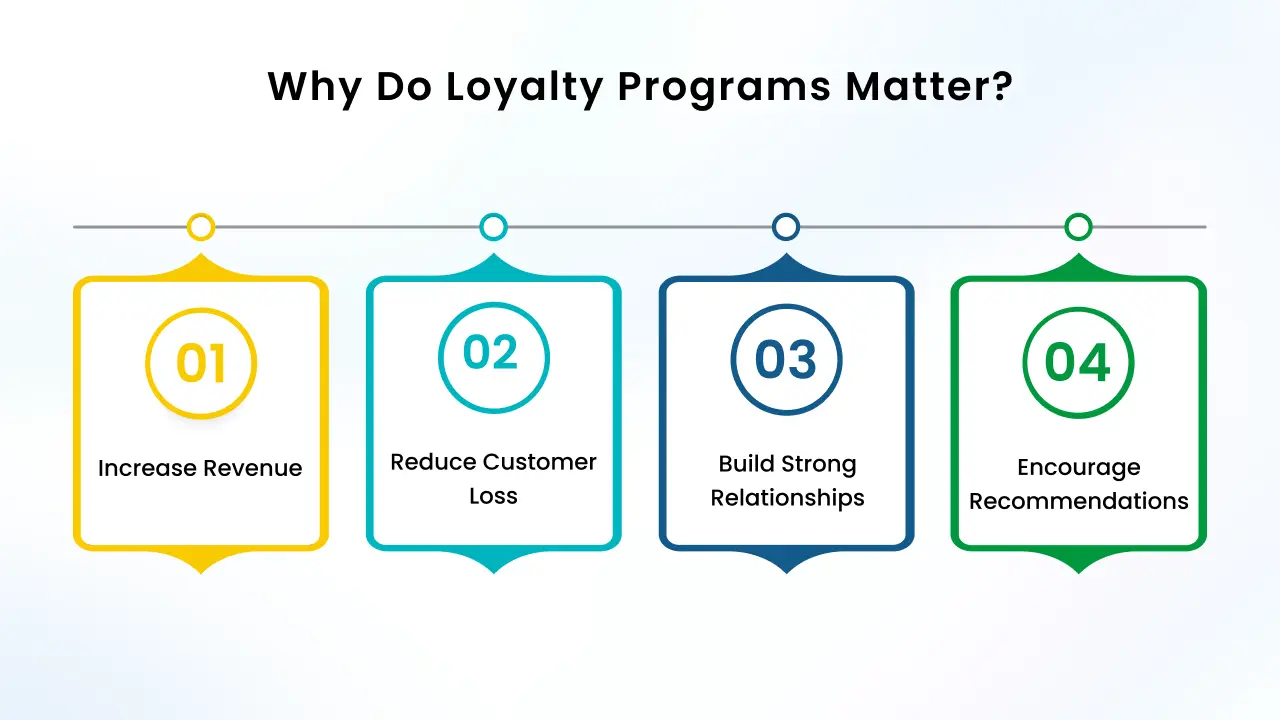
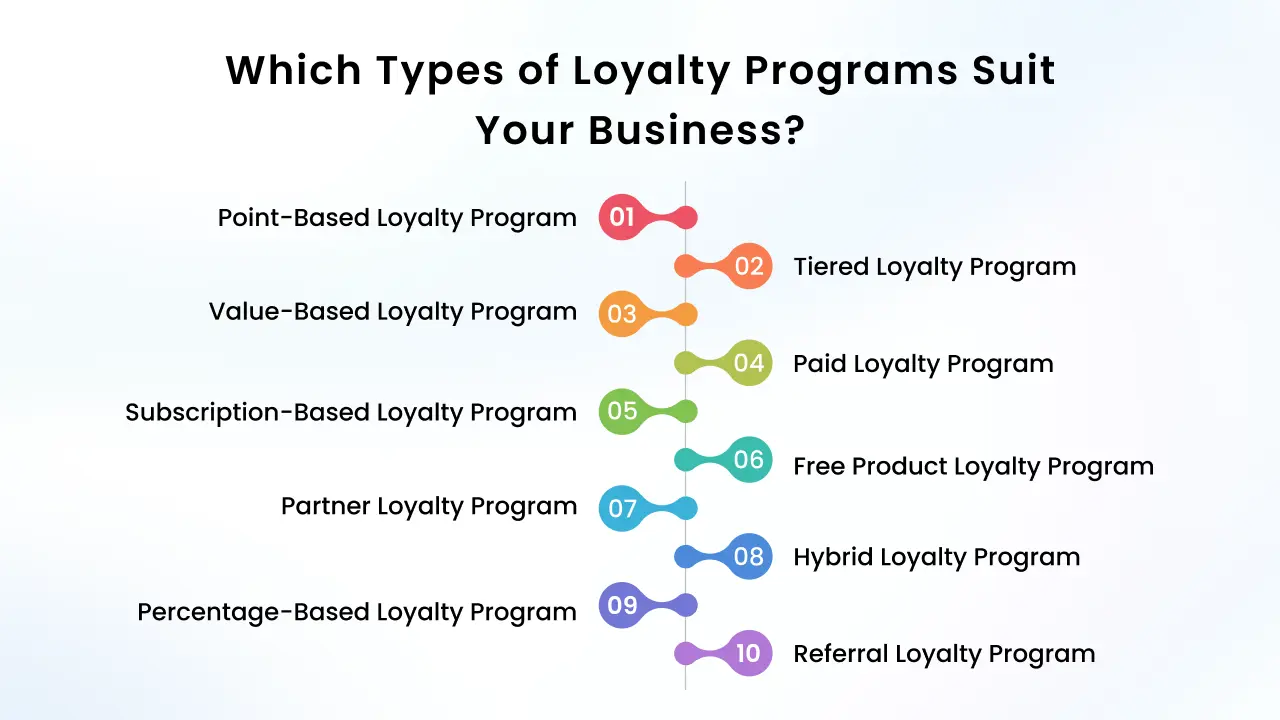

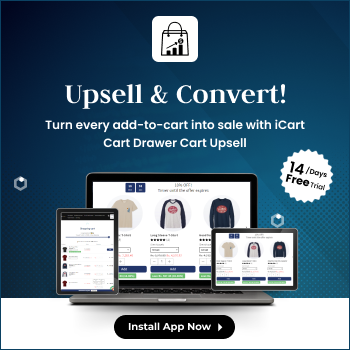


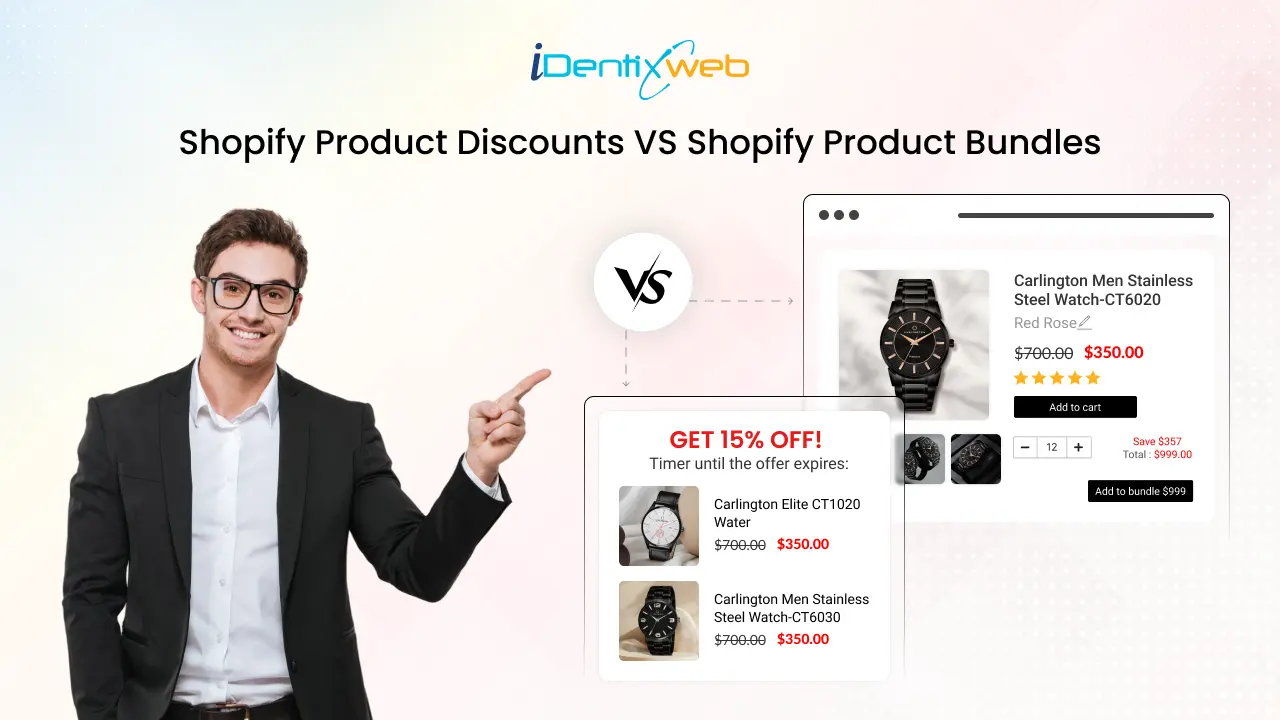
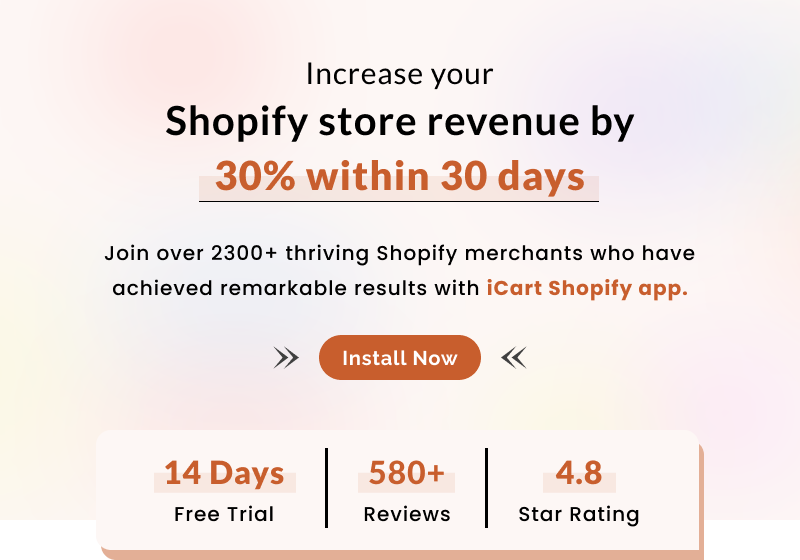
About the author
Bhavesha Ghatode
Explore Content with Bhavesha, a passionate and dedicated technical content writer with a keen understanding of e-commerce trends. She is committed to sharing valuable insights, practical assets, and the latest trends that can help businesses thrive in a competitive environment.